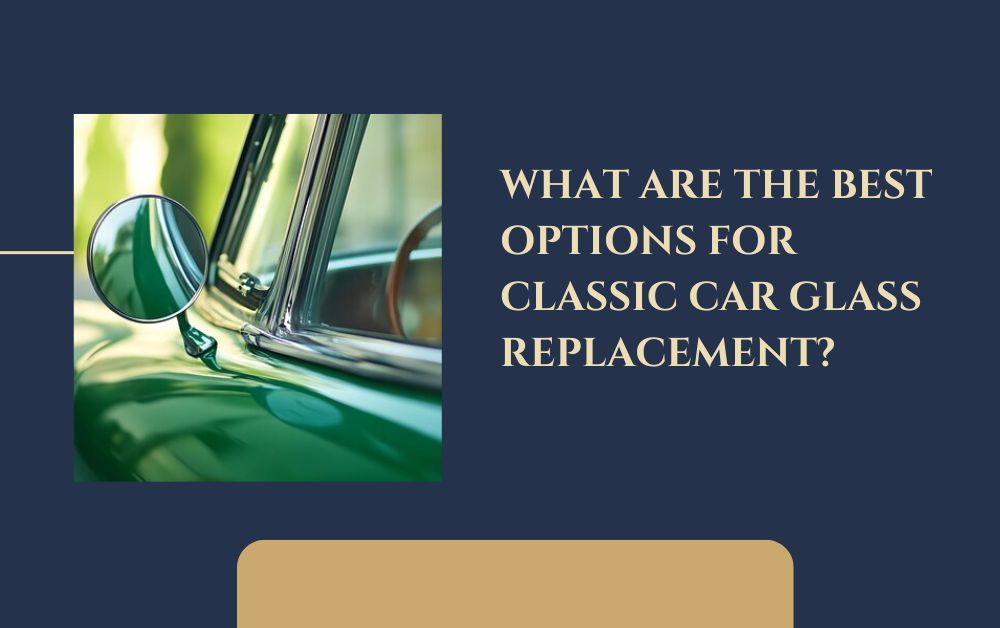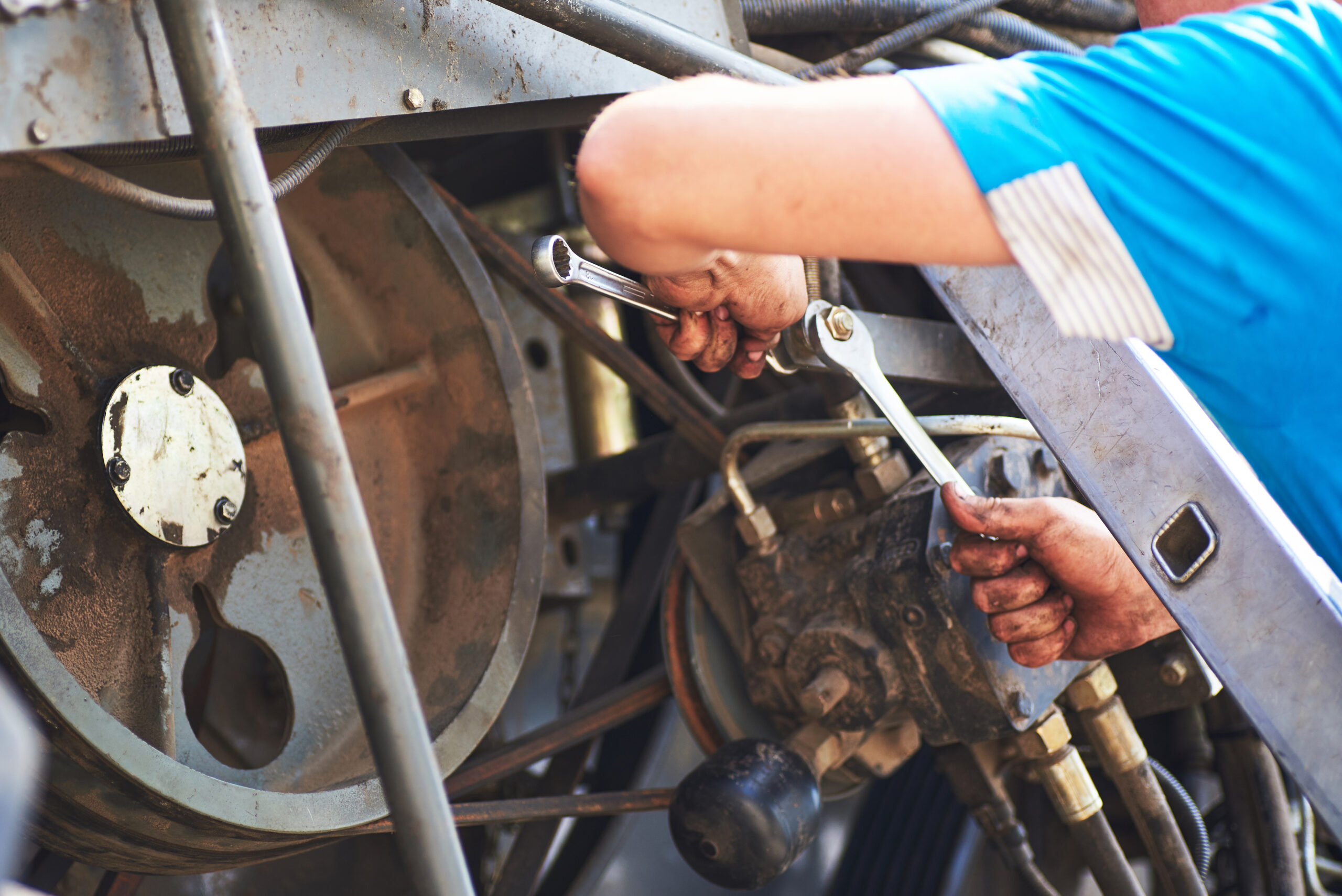Classic cars are cherished for their unique style and nostalgia. However, over time, these vehicles can face wear and tear, including the glass. Whether it’s a cracked windshield or a shattered side window, replacing the glass in a classic car is essential to keep it looking great and maintaining safety. In this blog, we will explore the best options for classic car glass replacement, focusing on different types of glass, installation methods, and tips for finding the right service.
Understanding Classic Car Glass
What Types of Glass Are Used in Classic Cars?
Classic cars can have various types of glass, each serving a specific purpose. Understanding the types of glass is important when considering a replacement. Here are some common types:
- Windshield Glass: This is the front glass of the car that provides visibility for the driver and passenger. It is typically made from laminated safety glass, which consists of two layers of glass with a plastic layer in between.
- Side Windows: These can be made from tempered glass, which is stronger than regular glass and shatters into small pieces instead of sharp shards. Tempered glass is often used for safety.
- Back Windows: Like side windows, back windows are also usually made from tempered glass. They can sometimes be curved to fit the design of the car.
Why Is Glass Replacement Important?
Replacing damaged glass in a classic car is crucial for several reasons:
- Safety: Cracked or shattered glass can impair visibility and increase the risk of accidents. Clear and intact glass ensures that drivers can see the road and their surroundings.
- Preservation of Value: Classic cars often hold significant value. Maintaining the vehicle, including the glass, can help preserve its worth. Potential buyers are more likely to be interested in a car with undamaged glass.
- Aesthetic Appeal: Classic cars are admired for their beauty. Replacing damaged glass can enhance the overall look of the vehicle and keep it true to its original design.
Options for Classic Car Glass Replacement
1. OEM Glass Replacement
What Is OEM Glass?
OEM stands for Original Equipment Manufacturer. OEM glass is made by the same company that produced the original glass for the car. This means it is designed to fit perfectly and match the specifications of the classic car.
Advantages of OEM Glass
- Perfect Fit: OEM glass is made specifically for your make and model, ensuring a precise fit. This is crucial for maintaining the integrity of the car’s design.
- High Quality: Since it is produced by the original manufacturer, OEM glass typically meets high-quality standards. This means it is durable and reliable.
- Preservation of Authenticity: Using OEM glass helps maintain the authenticity of the classic car, which is important for collectors and enthusiasts.
Disadvantages of OEM Glass
- Cost: OEM glass can be more expensive than aftermarket options. This may not be ideal for everyone, especially if you are on a budget.
2. Aftermarket Glass Replacement
What Is Aftermarket Glass?
Aftermarket glass is produced by third-party manufacturers. It is not made by the original manufacturer but is designed to fit a variety of makes and models.
Advantages of Aftermarket Glass
- Cost-Effective: Aftermarket glass is often cheaper than OEM glass, making it a more affordable option for those on a budget.
- Availability: Aftermarket options may be more readily available than OEM glass, especially for older models that may have limited OEM stock.
- Variety: There are often several aftermarket options to choose from, allowing you to select the best fit for your needs.
Disadvantages of Aftermarket Glass
- Quality Variation: The quality of aftermarket glass can vary significantly between manufacturers. Some may not meet the same safety standards as OEM glass.
- Fit Issues: Aftermarket glass may not fit as perfectly as OEM glass, which can lead to potential leaks or other issues down the line.
3. Laminated vs. Tempered Glass
What Is Laminated Glass?
Laminated glass consists of two layers of glass with a layer of plastic sandwiched in between. This construction helps keep the glass together even if it breaks, providing added safety.
Advantages of Laminated Glass
- Safety: Laminated glass is less likely to shatter completely, reducing the risk of injury from flying glass shards.
- UV Protection: Laminated glass can block harmful UV rays, protecting the interior of the car from sun damage.
What Is Tempered Glass?
Tempered glass is made by heating glass and then cooling it rapidly. This process makes the glass stronger than regular glass. When it breaks, it shatters into small, rounded pieces instead of sharp shards.
Advantages of Tempered Glass
- Strength: Tempered glass is more resistant to impact and is less likely to break under stress.
- Safety: The way it shatters is safer than regular glass, reducing the risk of injury.
4. Professional Installation vs. DIY
Why Consider Professional Installation?
While some car enthusiasts may be tempted to replace the glass themselves, professional installation is often recommended, especially for classic cars.
- Expertise: Professionals have the experience and knowledge to handle the unique challenges that may arise during installation.
- Proper Tools: Installing glass requires specialized tools to ensure a secure fit. Professionals have access to the right equipment.
- Warranty: Many professional services offer warranties on their work, providing peace of mind.
When to Consider DIY
If you have experience working on cars and feel confident in your abilities, DIY installation may be an option. However, it is crucial to:
- Research Thoroughly: Make sure you understand the process and have the necessary tools.
- Follow Instructions: Use manufacturer guidelines and safety precautions during the installation.
Finding the Right Service for Classic Car Glass Replacement

1. Research Local Options
Start by researching local glass replacement services that specialize in classic cars. Look for companies with positive reviews and a solid reputation.
2. Ask for Recommendations
Reach out to fellow classic car enthusiasts or local car clubs for recommendations. Personal experiences can provide valuable insights into the best services available.
3. Check for Experience with Classic Cars
Ensure that the service you choose has experience working with classic cars. They should understand the unique needs and specifications associated with these vehicles.
4. Get Quotes
Before making a decision, obtain quotes from multiple services. This will help you compare prices and understand the scope of services offered.
5. Ask About Warranties
Inquire about warranties on both the glass and the installation. A reputable service should stand behind their work and offer guarantees for added peace of mind.
Conclusion
Replacing glass in a classic car is an essential part of maintenance that ensures safety and preserves the vehicle’s value. When considering classic car glass replacement, you have various options, including OEM and aftermarket glass, as well as laminated and tempered choices.
By choosing safety vests with branding, you can improve workplace safety while promoting your business. Whether you decide to go with professional installation or consider a DIY approach, ensure you do your research and find a service that meets your needs.
Note:- To read more articles visit on unbusinessnews.










